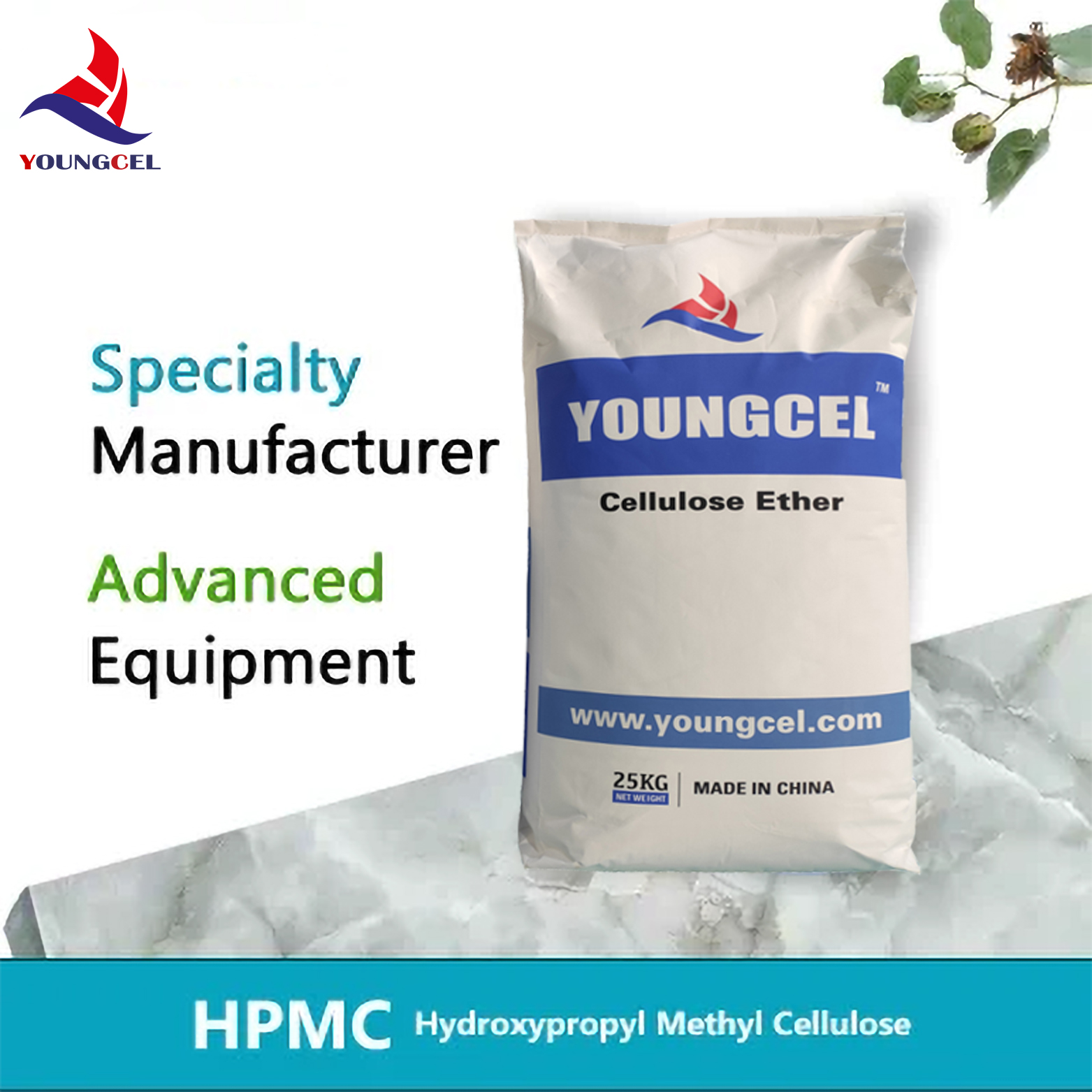Understanding Cellulose Ether Focus on Hydroxyethyl Methylcellulose (HEMC)
Cellulose ether is a derivative of cellulose, a naturally occurring polymer, which is abundant in the cell walls of plants. Among the various types of cellulose ethers, Hydroxyethyl Methylcellulose (HEMC) has gained significant attention in numerous industries due to its versatile properties and applications. This article delves into the characteristics, uses, and benefits of HEMC, illuminating its role in modern materials.
What is HEMC?
Hydroxyethyl Methylcellulose is a non-ionic, soluble polymer formed by the modification of cellulose through a chemical process. The addition of hydroxyethyl groups enhances the solubility of the cellulose in water, while the methyl groups improve its stability and performance. HEMC appears as a white or off-white powder and is readily soluble in cold water, forming a clear gel-like solution.
Properties of HEMC
HEMC boasts several remarkable properties that make it suitable for various applications
1. Solubility HEMC is soluble in water, and the resulting solution remains clear and viscous, making it ideal for formulating aesthetically appealing products. 2. Thickening Agent Due to its high viscosity, HEMC is extensively used as a thickening agent in various formulations, improving the texture and stability of products.
3. Film-forming Ability HEMC can create thin, flexible films, making it useful in coatings and adhesives, offering protection against moisture and facilitating controlled release of active ingredients.
4. Stabilizer It helps stabilize emulsions and suspensions, enhancing the overall performance of products such as lotions, creams, and other personal care items.
cellulose ether hemc

5. Biocompatibility Given its natural origins, HEMC is biocompatible and environmentally friendly, making it suitable for use in pharmaceuticals and food products.
Applications of HEMC
The diverse properties of HEMC allow its application across multiple industries
1. Construction In the construction sector, HEMC is used as an additive in cement-based products like tile adhesives and grouts. It improves workability, water retention, and adhesion, making construction processes more efficient.
2. Personal Care In cosmetics and personal care products, HEMC acts as a thickener and stabilizer for lotions, creams, shampoos, and gels. It enhances the sensory experience and prolongs the shelf life of these products.
3. Pharmaceuticals HEMC finds its place in the pharmaceutical industry, where it is utilized as a binder, thickener, and coating agent for tablets and capsules. Its non-toxic nature ensures safety for medicinal formulations.
4. Food Industry As a food additive, HEMC is often used for its thickening and stabilizing properties, helping to improve the texture and consistency of various food products.
Conclusion
Hydroxyethyl Methylcellulose (HEMC) is a multifunctional cellulose ether that offers a plethora of benefits across various sectors. Its excellent solubility, thickening properties, and biocompatibility make it a valuable ingredient in construction, personal care, pharmaceuticals, and food industries. As demand for sustainable and effective materials continues to rise, HEMC stands out as a promising solution, combining functionality with safety, making it an indispensable component in modern product formulation. With ongoing research and development, HEMC is poised to find even more innovative applications in the future, reinforcing its significance in the world of cellulose ethers.
-
Rdp Powder: Key Considerations for Wholesalers in the Building Materials IndustryNewsJul.08,2025
-
Key Considerations for Wholesalers: Navigating the World of Hpmc - Based ProductsNewsJul.08,2025
-
Hpmc Detergent: Key Considerations for WholesalersNewsJul.08,2025
-
Key Considerations for Wholesalers: China Hpmc For Tile Adhesive, Coating Additives, Concrete Additives, and MoreNewsJul.08,2025
-
Crucial Considerations for Wholesalers: Navigating the World of Construction MaterialsNewsJul.08,2025
-
Key Considerations for Wholesalers Sourcing Additive For Cement, Additive For Concrete, Additive For Putty from Additive Manufacturer Shijiazhuang Gaocheng District Yongfeng Cellulose Co., Ltd.NewsJul.08,2025




